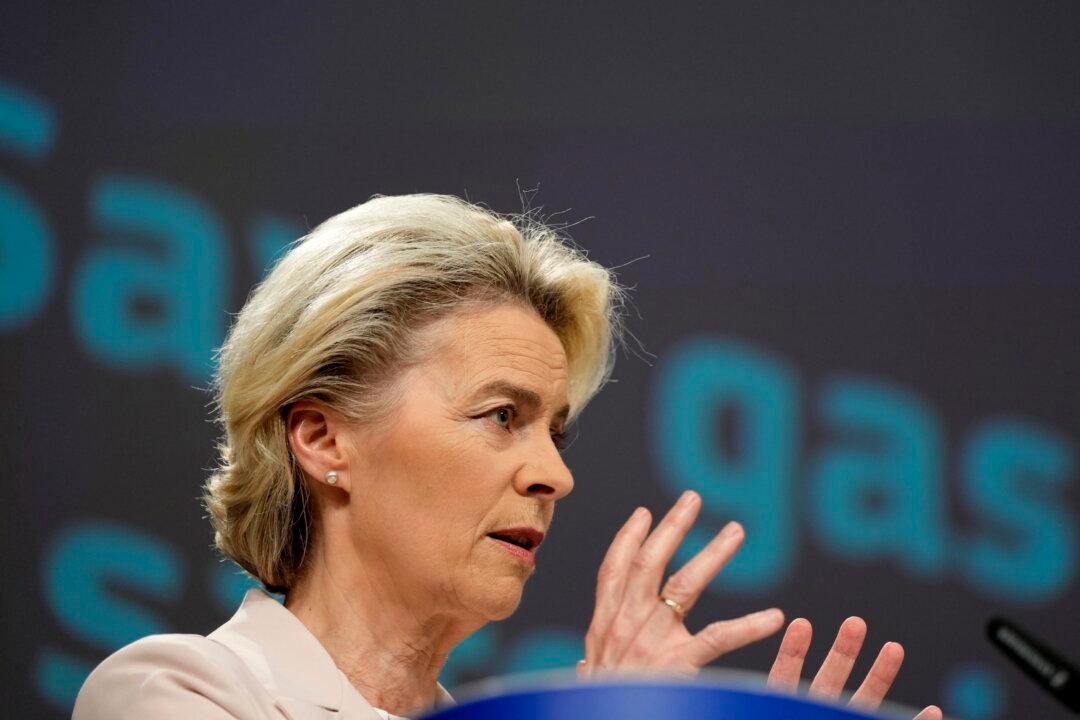Commentary
An energy policy that bans investment in some technologies based on ideological views and ignores security of supply is doomed to a strepitous failure.

An energy policy that bans investment in some technologies based on ideological views and ignores security of supply is doomed to a strepitous failure.